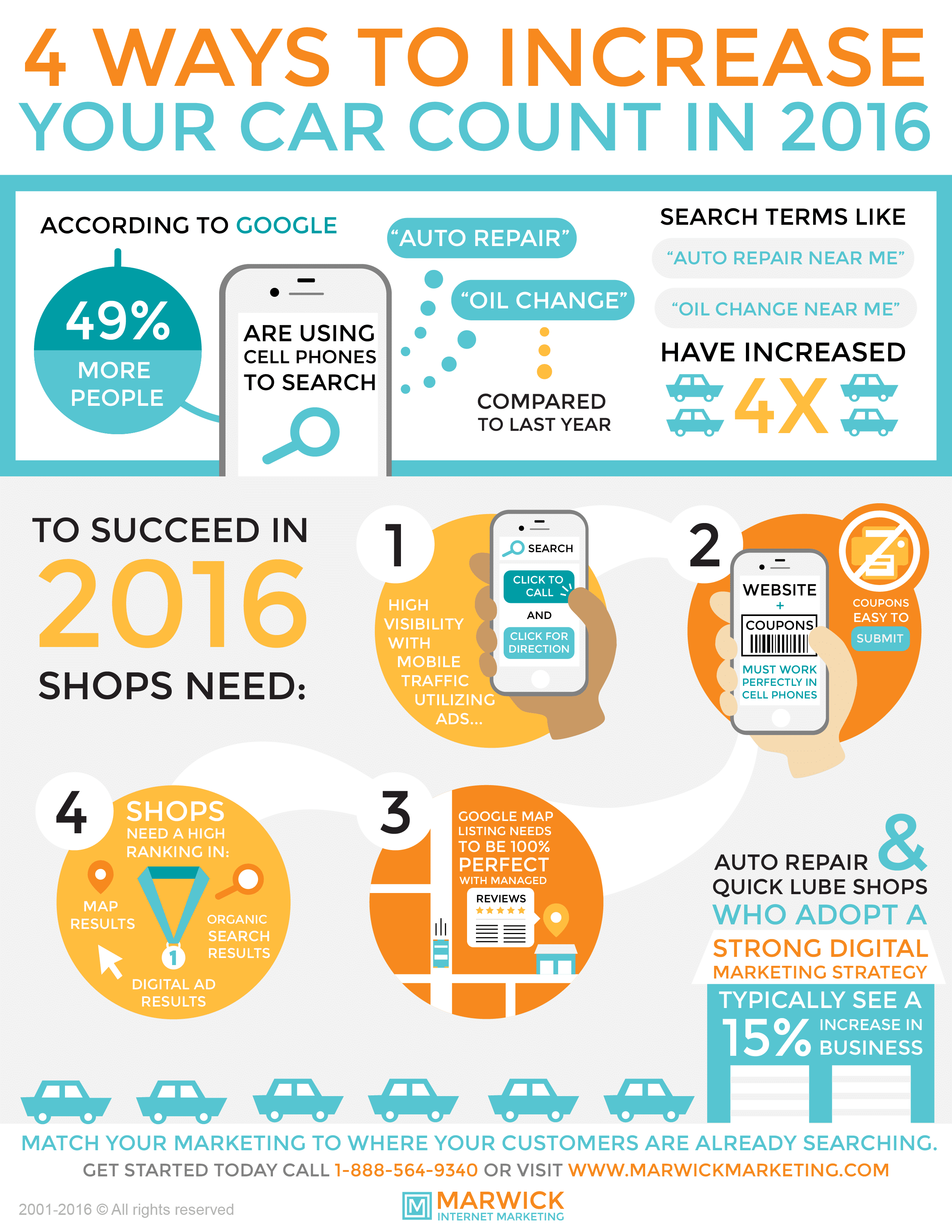Interpreting Your Vehicle'S Alert Lighting: Their Real Implications
Interpreting Your Vehicle'S Alert Lighting: Their Real Implications
Blog Article
Web Content Develop By-Boye Forbes
When you're behind the wheel, those radiant caution lights on your control panel can be a little bit difficult. Do you recognize what they're trying to tell you about your cars and truck's health and wellness? Recognizing the value of these lights is important for your safety and security and the durability of your automobile. So, the next time among those lights turns up, wouldn't you want to decipher its message accurately and take the necessary actions to address it?
Common Warning Lights and Interpretations
Recognize common warning lights in your vehicle and comprehend their meanings to make sure safe driving.
One of the most common caution lights consist of the check engine light, which signifies problems with the engine or discharges system. If this light comes on, it's essential to have your vehicle examined without delay.
The oil stress warning light suggests reduced oil pressure, needing immediate attention to prevent engine damage.
A blinking battery light might suggest a faulty billing system, possibly leaving you stranded if not addressed.
The tire stress surveillance system (TPMS) light signals you to reduced tire pressure, impacting vehicle security and fuel effectiveness. Ignoring this can bring about risky driving conditions.
The abdominal muscle light indicates a trouble with the anti-lock braking system, endangering your capacity to quit swiftly in emergency situations.
Lastly, the coolant temperature level warning light warns of engine getting too hot, which can lead to serious damage if not settled promptly.
Understanding these typical warning lights will assist you address issues without delay and keep secure driving problems.
Importance of Prompt Attention
Understanding the common caution lights in your auto is just the first step; the significance of promptly resolving these cautions can not be highlighted enough to ensure your security when traveling.
When a caution light brightens on your dashboard, it's your car's means of communicating a prospective issue that needs focus. Disregarding these warnings can result in more severe troubles down the road, endangering your safety and possibly costing you extra out of commission.
Motivate interest to warning lights can protect against breakdowns and crashes. For instance, a flashing check engine light can suggest a misfire that, if left neglected, might create damage to the catalytic converter. Resolving cardetailerauckland can save you from a pricey repair.
In a similar way, a brake system alerting light may indicate reduced brake fluid or worn brake pads, important components for your safety and security when driving.
DIY Troubleshooting Tips
If you observe a caution light on your dashboard, there are a couple of do it yourself troubleshooting suggestions you can try before seeking expert help.
The first step is to consult your automobile's guidebook to understand what the certain caution light shows. Occasionally the issue can be as easy as a loosened gas cap triggering the check engine light. Tightening the gas cap might solve the trouble.
https://www.forbes.com/sites/jimgorzelany/2022/05/26/cars-are-running-longer-but-face-higher-repair-costs/ is a reduced battery, which can cause different advising lights. Checking the battery links for deterioration and guaranteeing they're secure might take care of the problem.
If a warning light continues, you can attempt resetting it by separating the cars and truck's battery for a couple of mins and after that reconnecting it. Additionally, inspecting your lorry's fluid levels, such as oil, coolant, and brake fluid, can assist fix alerting lights connected to these systems.
https://trentontnicw.ja-blog.com/31264001/specialist-discussion-vital-car-describing-techniques-from-a-market-professional
To conclude, understanding your cars and truck's warning lights is important for maintaining your vehicle running smoothly and securely. By without delay dealing with these signals and recognizing what they mean, you can prevent costly fixings and potential failures.
Bear in mind to consult your vehicle's guidebook for specific details on each warning light and do something about it as necessary to ensure a hassle-free driving experience.
Keep notified, remain secure when traveling!
